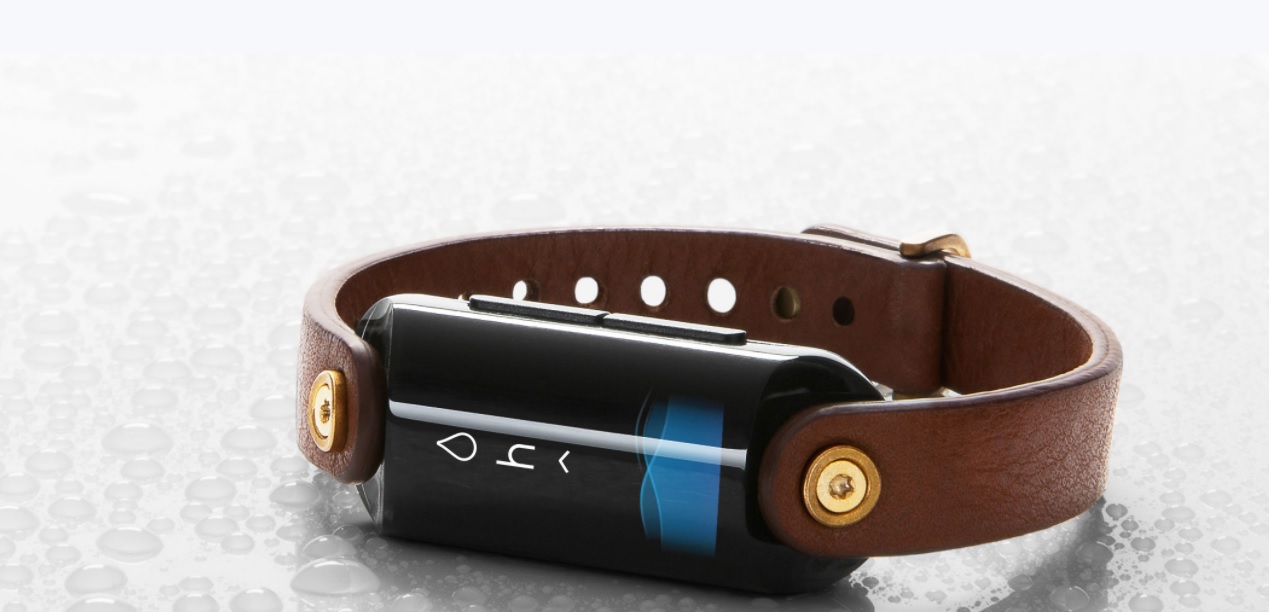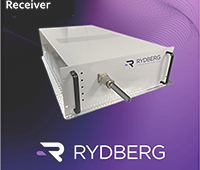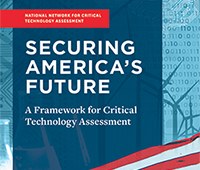
LVL One. Source: LVL Technologies
Many of today’s wearable technologies tend to have the same built-in features.
Apple’s patented smartwatch can be used in a variety of medical settings, where it can help patients manage chronic diseases or keep track of heart health. Microsoft has unveiled its own device that uses vibrations to help individuals diagnosed with Parkinson’s disease control their hand tremors.
Fitbit helped popularize a series of devices that are waterproof, track heart rate, and provide a comprehensive overview of sleep and exercise habits.
Yet, these tools lack a crucial feature when it comes to maintaining good health: monitoring hydration.
This is a gap that Austin, Texas-based LVL Technologies is hoping to fill, with its series of specialized health and fitness wearables that can track the body’s level of hydration.
Dustin Freckleton, the founder of the startup, told R&D Magazine that the idea for his company came to him after a troubling health experience during medical school.
“During my first year of medical school, I suffered a stroke that left me paralyzed on half of my body as a result of exercise-induced dehydration. I didn’t realize that dehydration could cause that, said Freckleton. “It was somewhat terrifying as a 24 year old who kind of prided myself in knowing a lot about the body, since that’s what I was studying, not realizing that those type of effects were even possible with something as seemingly small as dehydration.”
It took him about six months to gain a full recovery, and he had to re-learn how to do basic tasks like walking and writing. . He continued to educate himself on the impact of dehydration and its prevalence within society.
“I realized that hydration was a really critical vital sign that we needed to better understand as human beings, but really didn’t have very good mechanisms to do so,” said Freckleton.
LVL Technologies formed in 2012, beginning as a small group of 15 engineers and scientists. Their goal was to use a mix of machine learning algorithms and proprietary sensor platforms to solve the real difficult and necessary problems Freckleton feels wearables in the consumer and medical space are not currently addressing.
The first manifestation of this work is the hydration monitoring wearable, which is called LVL One.
Hydration can be measured through three techniques, according to MedCity News. Electrical measurement and chemical assessment are two of the potential metrics that can be used, but LVL opted for the third one, which is called optical measurement.
Chemical and electrical measurements can tell when there is moisture on the skin, but they are unable to ascertain the rate of volume loss of this moisture, making it impossible to produce an accurate measurement of sweat rate.
The optical process entails using longer wavelengths of light in the near-infrared spectrum to measure the water residing in a user’s blood.
“We use also a sensor fusion technique that combines that optical signal with various other sensors that we have on the system, and allows us to measure both the water signals in the body as well as the secondary effects of those water signals, providing direct as well as indirect measurements of the hydration,” elaborated Freckleton.
Essentially, the optical aspect combined with these additional factors enables the device to provide not only a look at the water signals in the body, but also explore how other body systems are directly affected by hydration.
“Obsessed with Data”
Refining the dehydration analysis component took a litany of tests because it can be a fluctuating process of gaining and losing fluid.
Freckleton and his team set out to conduct these trials in order to identify the “gold standard” for tracking this condition.
“We’ve done thousands of subject trials looking at all the aspects of hydration under active and non-active states along with every type of permutation of demographic that you could possibly think of,” he added.
This included doing trials that varied in time between 30 minutes or six to eight hours. Participants were also part of examinations where they needed to perform high amounts of physical exercise in thermal chambers where the temperature is held at 106 degrees Fahrenheit at 60 percent humidity.
Other scenarios were initiated at the other end of the spectrum, where volunteers had to exercise in super cold environments. Also, investigators studied individuals in simulated sleep or in an office environment.
Implementing a variety of these studies provided a comprehensive overview of this biological function to make sure these measurements are accurate, repeatable and work no matter who puts the device on, according to Freckleton.
Real-World Applications
Some of the areas where Freckleton sees practical use for his company’s prototype include military and first responders.
He listed factors like high levels of physical exertion, very hot conditions, and lifting lots of heavy equipment over a long period of time. Having the LVL One fully functional during these situations would be useful, as these soldiers and workers need to be mentally and physically sharp at all times.
Also, elderly populations who are more susceptible to illness and disease could benefit from this prototype as well, he said.
Still, Freckleton noted more works need to be done on the LVL One.
The company recently completed a $6.75 million Series A Funding round, which will help the venture accelerate production and manufacturing for the wristband. He hopes to use that financing to continue building the technology platform, his team, and to further validate and bring the technology to the market.
Freckleton is excited about the opportunity to create a wearable device that is also a medical device for the everyday person.
“Historically we have thought about consumer wearables and medical devices as distinct categories, and I think that that’s all changing,” he said. “That’s because we’ve seen a convergence of technology, of, you know, computing power, of miniaturization capabilities, of diagnostic capabilities, allowing us to take what used to only be measurable in a laboratory in a hospital into small, miniature devices. We see a consumer wearable market that has evolved in customer sentiment that has come to the point that this type of information is of high value to everyday individuals.”




